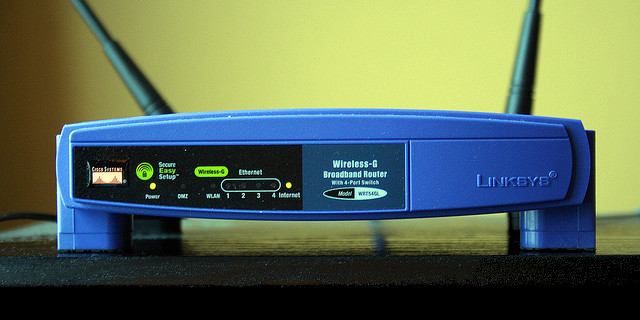This ongoing series will help you get the most out of μTorrent, from the basics to tips and tricks.
If you visit the Connection Preferences in μTorrent, you’ll see a couple of checkboxes for UPnP and NAT-PMP that are checked by default. These settings are key to make sure that μTorrent doesn’t get tripped up by your router or firewall.
Enabling both UPnP and NAT-PMP makes it easier for people to use μTorrent by eliminating the need for manual router configuration. UPnP was introduced in 2008, and NAT-PMP was introduced in 2005, but before then there was no easy way for a program to ask the router to open up a port for it to use automatically and without direct user involvement. The user would have to log in to the router, examine the configuration settings, and open a port for traffic. Now the user doesn’t need to know anything about their router and firewall settings, which is a huge improvement in user experience.
There are some differences between UPnP and NAT-PMP, and a given router may support one or the other, or both. So it’s good to keep both checked just in case.
Why does this configuration matter?
It’s important to open a port for μTorrent because, without it, other μTorrent clients outside your firewall are unable to contact your μTorrent. Without the open port you can still send data, but others can’t respond to you. This means the swarm won’t be connected to you, and that can cause performance problems.
The issue is similar to the one we explained in our post on Upload Rate Limiting. In the worst case scenario, if you don’t have an open port, you will send a packet to the swarm, but you won’t be able to receive packets back. The result is that your μTorrent client is removed from the active peers list because there is not a an exchange of data between clients. You end up in a cycle of trying to find new peers who will share, but it’s impossible for them to share with you. The UPnP and NAT-PMP settings ensure that μTorrent traffic can reach you, and that you can be matched with good peers for fast transfers.
Hopefully this gives you a better understanding the benefits of having UPnP and NAT-PMP enabled, as well as how and why disabling them can throttle your traffic. Stay tuned as we continue to work through more µTorrent tips.
Download μTorrent for free and gain access to a fast, lightweight file sharing system, and upgrade to μTorrent Pro for an ad-free, enhanced experience.Photo: Flickr/tnessy



